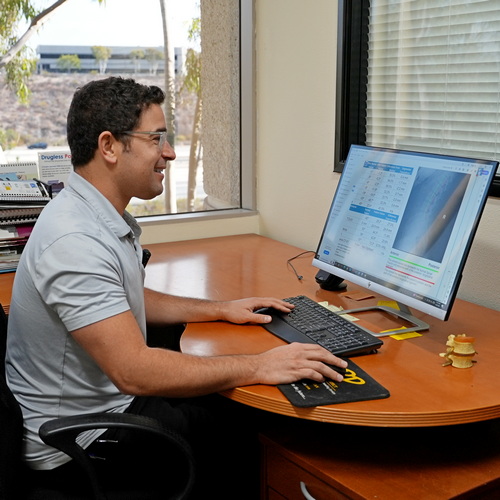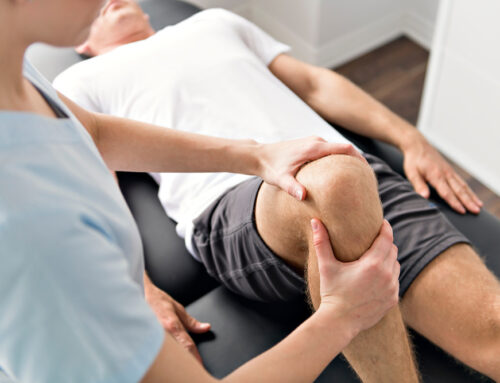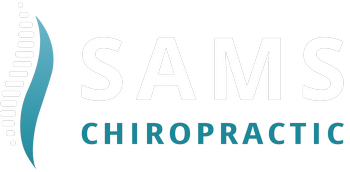
Back pain doesn’t always start with an injury—it often builds over time through your daily habits. If your lifestyle includes long hours of sitting, poor posture, and a lack of movement, it can place continuous stress on your spine. Many people don’t realize how much their routine—like slouching at a desk, driving for extended periods, or skipping physical activity—can wear down the muscles and joints supporting your back. Pay attention to how you move, sit, and rest each day because these small patterns affect your spinal health more than you think.
The Effects of Sitting Too Much
Your back might pay the price if you spend most of your day at work or at home. Extended sitting tightens your hip flexors and weakens your core muscles, which support your spine; more pressure shifts to your lower back without those muscles doing their job. Add poor posture to the mix, and it creates even more strain. You might notice stiffness, soreness, or a dull ache after hours in front of a computer or binge-watching your favorite show. This kind of discomfort builds over time; it could lead to chronic pain or alignment issues without making changes.
How Movement (or Lack of It) Affects Your Spine
Your body is designed to move, and staying still for too long can cause more harm than good. If you’re inactive, your muscles and joints lose strength and flexibility. That lack of support forces your back to work harder to maintain balance and stability. Regular movement—like stretching, walking, or strengthening exercises—helps keep your spine aligned and your muscles engaged. Even light activity throughout the day can reduce stiffness and prevent strain. It’s not about pushing your limits but being consistent with healthy movement.
Posture Habits That Could Be Hurting You
You might not think twice about how you stand or sit, but poor posture is a significant trigger for back pain. Slouching, leaning forward, or constantly tilting your head while looking at a screen can shift your spine from its natural position. Over time, this can lead to muscle fatigue, joint pressure, and upper and lower back pain. Improving your posture starts with awareness. Pay attention to how you hold your body, especially when using your phone, typing on your laptop, or driving. Minor corrections in posture can ease discomfort and prevent long-term issues.
Everyday Stress and Its Connection to Back Pain
Stress affects more than just your mood—it also affects your body. When stressed, your muscles naturally tense up, especially in your neck, shoulders, and lower back. That tension doesn’t go away on its own and can become chronic discomfort if it becomes part of your daily life. On top of that, stress can also interfere with your sleep and activity levels, worsening the cycle. Learning how to manage stress through breathing exercises, stretching, and chiropractic care can help ease that tension and support a healthier back.
Find Lasting Relief Through Chiropractic Care
If your lifestyle is contributing to your back pain, you don’t have to keep living with it. Small changes in your daily habits can make a big difference—and you don’t have to do it alone. Chiropractic care helps you correct imbalances, relieve tension, and strengthen your spine so you can feel better daily. Call Sam’s Chiropractic at (858) 569-6959 to schedule an appointment and begin your journey to pain-free movement.





